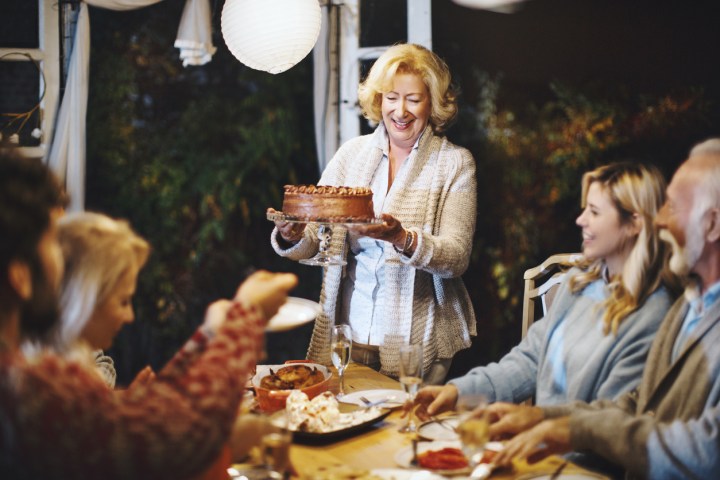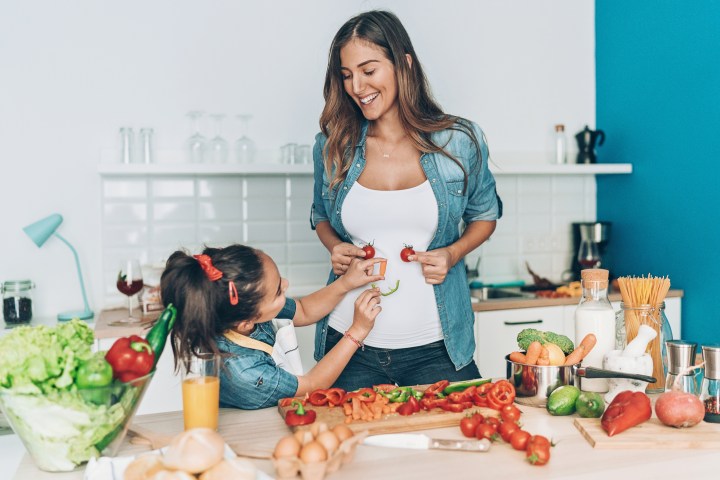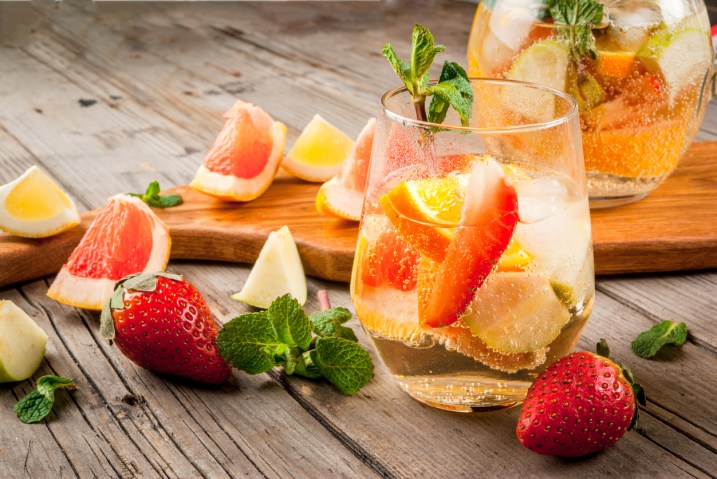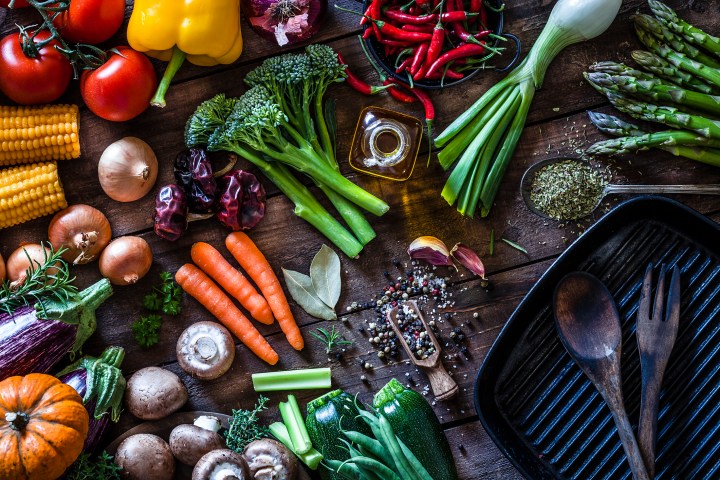Summer meals for a healthy pregnancy
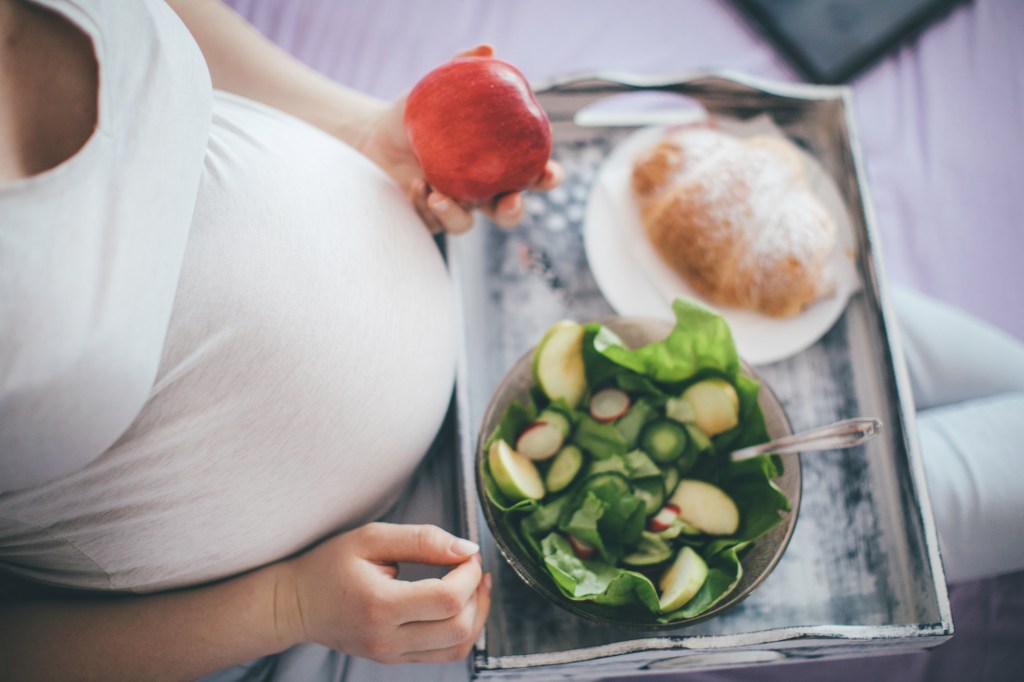
Creating a baby is the most miraculous act we humans can achieve, so naturally we want to ensure we give our baby the best possible start in life. And one of the best ways ensure a healthy pregnancy is by optimising your diet.
There is a lot of conflicting advice out there on diet, particularly when it comes to the best sources of carbohydrate, protein and fat, and it’s all too easy to worry even more about such things during pregnancy. So, before we get to those yummy summer recipes for helping to build a healthy baby, here’s a quick guide to the some of the key foods and why they should appear on your plate.
Protein
The basic material of all living cells
During pregnancy: Builds your baby’s cells and organs; replenishes your own body’s cells
Best sources: Fish, lean meat, yoghurt, cheese, eggs, soya, quinoa, nuts, seeds, lentils, beans, brown rice, broccoli, peas, beans and other seed vegetables
Tip: Don’t rely entirely on animal sources of protein as too many can be too acidic. Enjoy several helpings of vegetable proteins each day too (i.e. nuts, beans, lentils, seed veg).
Carbohydrate
The body’s preferred fuel source
During pregnancy: Energy for your baby’s growth and development; energy for you to feel good and get things done
Best sources: Brown rice and wholemeal pasta, oats, rye and wholemeal breads, beans, lentils, potatoes, quinoa and all vegetables and fruit
Tip: When you consume too much carbohydrate, it’s stored as fat. Sugary sources can also imbalance your energy. So limit your intake of high-sugar and refined (i.e. anything made with white flour) foods.
Essential fats
The right kinds support brain, hormone and skin health
During pregnancy: Essential fats are needed for your baby’s brain and nervous system development, and to keep your hormones in tune, your mood balanced and the skin soft and supple.
Best sources:
Omega-3 – oily fish such as trout, salmon, anchovies, sardines, herring, mackerel and pilchards. Also in flaxseeds (linseeds) and omega-3 enriched eggs
Omega-6 – flaxseeds (linseeds), pumpkin, sesame and sunflower seeds, walnuts and almonds
Tip: Seeds make nutritious and energising snacks.
Fibre
Keeps things moving
During pregnancy: supports healthy digestion and clears toxins from your body
Best sources: oats, oat bran, brown rice, flaxseeds (linseeds), all fruits and vegetables
Tip: As your pregnancy progresses and your digestive system gets squeezed, increase your intake of oats, veg and fruit to prevent constipation. Note that too many wheat products can irritate the gut.
Sesame Salmon with a Chilli and Spring Onion Quinoa Salad
This simple salmon dish will help you to effortlessly increase your intake of good omega-3 fats. The fresh, Asian flavours of this sesame-coated salmon and quinoa salad are ideal in hot weather or if you don’t feel like heavy, stodgy food. Plus, did you know that quinoa contains more calcium than milk? Calcium is essential during pregnancy for both mother and baby, and quinoa is a great source for anyone who is worried about their levels or who avoids dairy products. Serves 2
Quinoa salad
100g quinoa
½ tsp sea salt
410g can chickpeas, rinsed and drained
1 tbsp toasted sesame oil, or to taste
1 tbsp tamari (wheat-free soy sauce) or soy sauce, or to taste
1 tbsp rice vinegar
1 tbsp fresh lemon juice
8 spring onions, finely sliced
2 tsp finely chopped mild red chilli, deseeded
1 tbsp finely chopped coriander or flat leaf parsley or spinach leaves
Freshly ground black pepper
Sesame salmon
2 salmon fillets
A little mild olive oil
Sea salt
2 tbsp sesame seeds, for coating
A little extra tamari (wheat-free soy sauce) or soy sauce
Toasted sesame oil and lemon juice for drizzling
1 Cook the quinoa with the salt according to the pack instructions (as a rule of thumb, cover with just over two parts water to one part quinoa, cover and simmer for around 10 minutes the leave to sit, covered, for a further five minutes to let the grains soak up all the water and fluff up).
2 Add the remaining salad ingredients and stir then adjust the seasoning to taste. Set to one side.
3 Next cook the salmon. Rub the fillets all over with a little oil and salt then press the seeds onto the flesh side. If you are using a non-stick frying pan, add a tablespoon or so of oil to a frying pan big enough to easily accommodate both salmon fillets (they should not be touching). Get the pan hot and fry for around six to seven minutes per side until golden and cooked through (the flesh should flake easily when pressed). Take care not to let the seeds get too dark and burn on top.
4 Plate up the salad and place the salmon on top. Drizzle the fish with a dash of tamari or soy, toasted sesame oil and lemon juice, to taste, and serve immediately.
Chickpea and Spinach Curry
An incredibly quick and easy recipe, this curry contains plenty of fibre to make it filling and easy to digest, plus iron and folic acid from the spinach. Don’t be put off by the saturated fat content of the coconut milk – this kind of plant-based fat contains appears to be used for energy rather than being stored as fat. You could omit the fresh chilli for a milder flavour. Serves 2
1 tbsp coconut or mild olive oil
1 red onion, sliced
½ mild red chilli, deseeded and finely chopped
1 tbsp mild or medium curry powder or Madras spice blend
75ml hot vegetable stock
250ml coconut milk
410g can chickpeas, rinsed and drained
1 tsp sea salt, or to taste
100g baby leaf spinach, chopped
1 Heat the oil in a large pan, add the onion and sweat for three to four minutes to soften. Add the chilli and curry powder and cook for a further minute.
2 Stir in the stock, coconut milk and chickpeas and simmer for 15 minutes to reduce the sauce and allow the flavours to combine. Season with salt and taste to check the flavour.
3 A couple of minutes before you want to serve, stir in the spinach and let it warm through.
Apricot and Ginger Flapjack Bites
Apricots are not only a good source of fibre, they are also rich in beta carotene, a plant source of vitamin A. Choose unsulphured ones, which are not bright orange, to avoid potentially allergenic preservatives. The stem ginger provides sweetness and a warming flavour, plus ginger is known for its anti-nausea properties, so these bite-sized flapjacks would make an ideal treat for anyone suffering from morning sickness. Makes 10 (double up to make a bigger batch).
50g dried unsulphured apricots
75g stem ginger in syrup, drained
75g butter, coconut oil or non-dairy margarine
1 tbsp agave syrup (or golden syrup)
100g whole rolled oats
50g ground almonds
1 Preheat the oven to 170°C/gas mark 3. Line a baking tray with baking paper.
2 Very finely chop or blend the apricots and ginger together to make a mushy paste then place in a small saucepan with the butter, oil or margarine and syrup and gently melt, taking care not to let it boil.
3 Stir in the oats and almonds to coat evenly. Allow to cook slightly.
4 Shape the mixture into 10 walnut-sized balls and place on the baking tray. Bake for around 20 minutes or until just turning golden on top. Leave to harden and cool on a wire rack.
Taken from The Perfect Pregnancy Cookbook by Patrick Holford, Fiona McDonald Joyce and Susannah Lawson.





